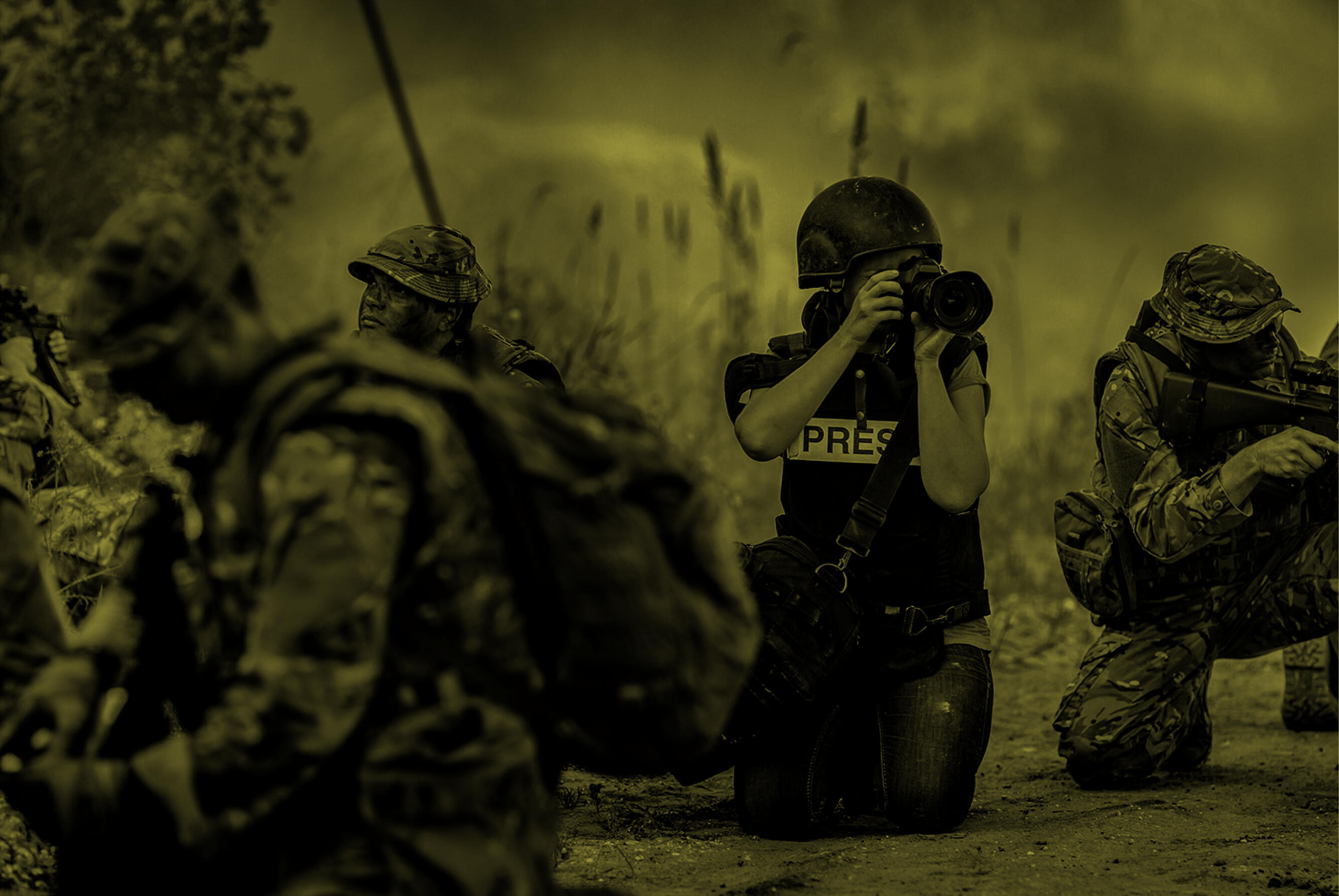Abstract
During times of war and crisis, it is more important than ever that people remain motivated to inform themselves with fact-based reporting on events. At the moment, however, contradictory trends are emerging in Germany and elsewhere in the world: Interest in the news is flagging, trust in the media is dwindling and levels of news avoidance are rising. The aim of this study is to provide media content producers with timely and practical knowledge on how to design war coverage in a way that meets the information needs of users so that people don't »tune out.«
The hypothesis of this study is that constructive journalistic approaches have the potential to counter a disproportionately negative worldview and news avoidance. To test this theory, we conducted 16 qualitative guided interviews with media users about their wishes when it comes to coverage of war. We also conducted qualitative guided interviews with 12 journalists about whether they thought it possible to cover a war constructively and what kind of framework might be required to do so.
Nevertheless, not all the journalists we interviewed believe constructive journalistic approaches can be applied to war reporting, either because this is unfeasible or in appropriate. However, others see potential. Respondents listed multiple hurdles to the implementation of new, constructive approaches, namely time constraints, a lack of diversity among editors, a traditional understanding of journalism and the need for further training.
Overall, our results offer an opportunity to constructively question established approaches to covering war. In order to underscore the practical nature of this study, we have put together and annotated a collection of "Good Practice" examples gleaned from clustered interview results.
War Coverage from the Media User Perspective
The group of media users participating in the study was comprised of individuals of varying ages and genders, from a number of different regions and with generally different life situations. We also made a concerted effort to select individuals who had experienced war and displacement themselves.
- The majority of respondents described themselves as being generally interested in the news, and most said they trust news media in Germany.
- Nearly all respondents reported having experienced psychological stress and feelings of helplessness, especially when looking at images of war.
- Individuals who have experienced war and displacement were especially affected.
- Many respondents have intentionally limited their news consumption.
- Some criticized a certain one-sidedness and what they see as a lack of different perspectives when it comes to reporting.
- More than anyone else, those who had fled war criticized the media's use of stereotypes, such as the victimization of people caught up in war.
Place of residence and age of media users:
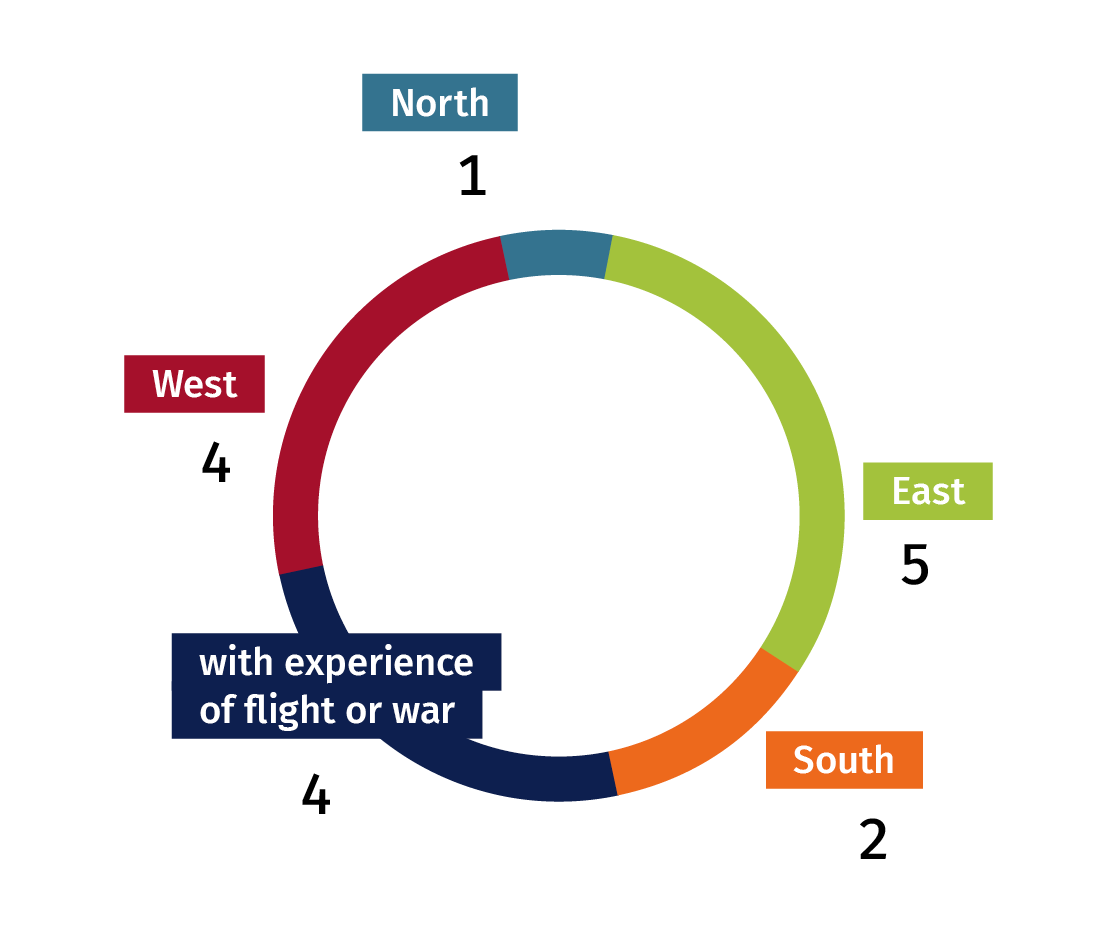
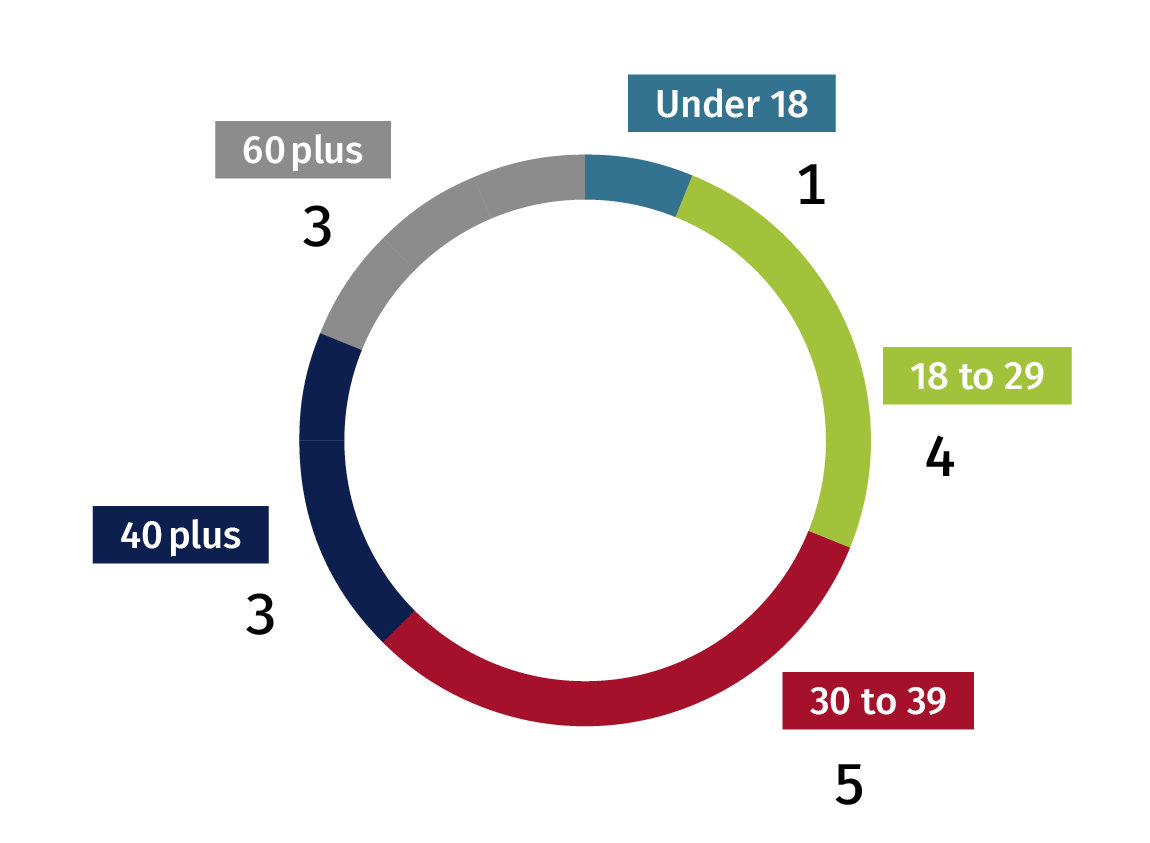
What Media Users Want from War Coverage
- Many media users say they want reporting that covers as many different perspectives and everyday realities as possible.
- Many say they also appreciate on-the-scene reporting that shows how civilian populations in war zones overcome their challenges.
- Respondents say journalists need to speak to people, both on the ground and in talk shows, as equals.
- Some media users say they want more reporting on what is being done to achieve peace and how one can help.
- Source transparency is an important issue.
- Respondents say they would like more links to background information, written in easily comprehensible language, in order to better understand the news.
- Some say they would like to see a more careful approach to visual imagery, with others calling for trigger warnings.
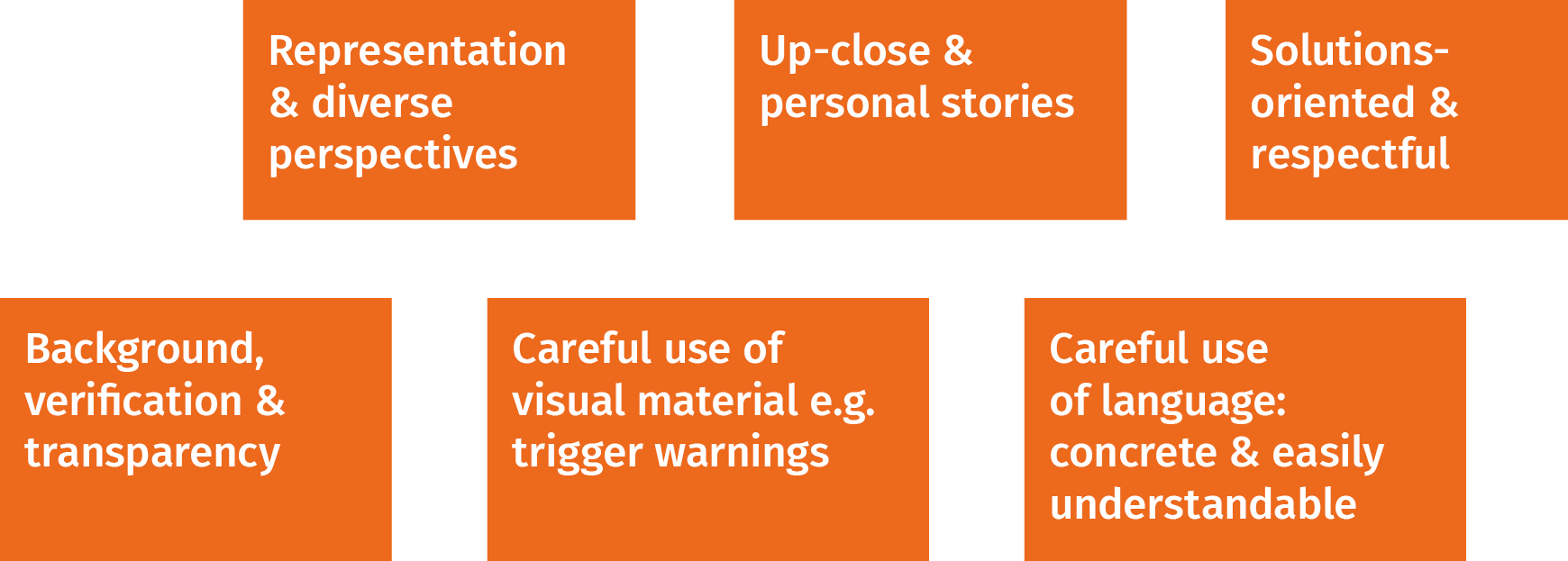
Constructively Reporting on War—(How) Can It Be Done?

The media content producers we interviewed consisted of journalists who work in German-language news departments or as reporters with practical experience in war or crises reporting. Diversity in terms of gender and work conditions were also taken into account when selecting this group. Media content producers were individually interviewed.
- Roughly half the journalists in our study said constructive journalistic approaches could be used in war coverage. Some, however, expressed a general skepticism as to whether colleagues would recognize such constructive elements as appropriate.
- Many said solutions-oriented war reporting was possible, for instance by covering possible courses of action and giving visibility to hope. Other examples included reports highlighting historically comparable situations and personal stories that avoid romanticizing.
- Stories on historical background and the broader context were seen as a chance to report in a more nuanced manner.
- In order to adequately grasp the complexity of a given situation, as well as recognize one's own blind spots, direct exchange with people on the scene was cited as essential. Several participants called for portraying those affected by war as capable of acting for themselves.
- Numerous participants found it important to underscore the fact that journalistic language can perpetuate or even contribute to escalating a conflict, especially in the context of war and crisis reporting. They said it was critical to use precise terminology and avoid military jargon.
- Roughly half of participants felt that images showing human bodies and explicit violence should be the exception rather than the rule in war coverage. The other half said it was important to show the horrors of war in order to make clear what exactly is happening. Journalists warned about using generically representative images as stand-ins, saying they carry the risk of »reinforcing lots of stereotypes, strengthening them, establishing them in the first place.«
Opportunities for constructive war reporting from the perspective of journalists
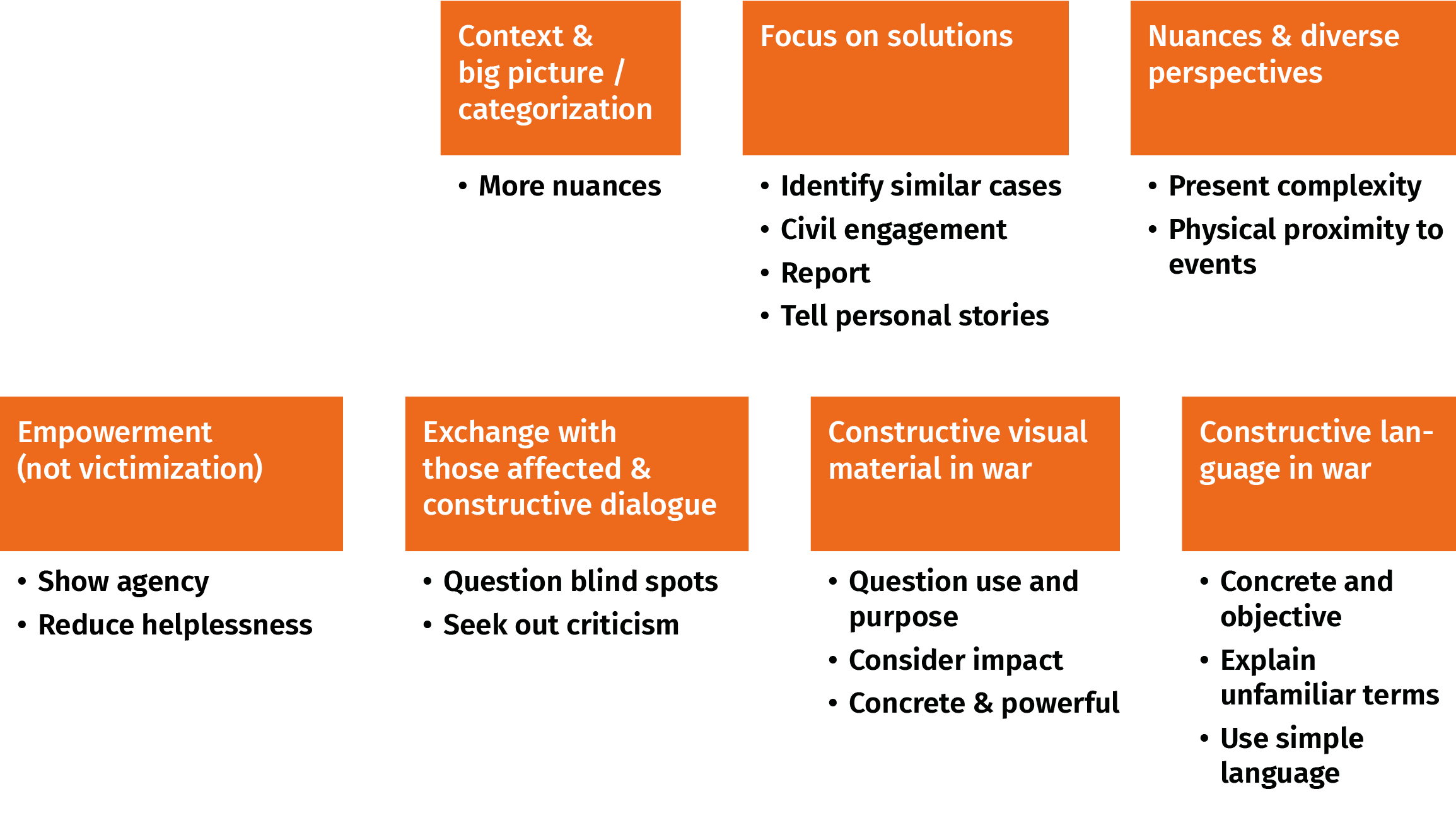
Impediments to Constructive War Coverage
- Many media content producers said they had experienced stress within the context of covering war. Some have cut down on private news consumption as a result. In particular, those participants who frequently work as war correspondents said repeatedly confronting human suffering changes one's psyche.
- Nearly all participants spoke of time pressure in their daily work and feared constructive journalism would cost them more time still. Some spoke of fatigue brought on by numerous change processes instituted in newsrooms and other departments over the past several years. Both, they said, make it difficult to experiment with innovative, user-focused approaches.
- According to interview participants, journalistic self-perception in today's newsrooms is still largely characterized by a belief that objective journalism and absolute neutrality exist, thus justifying a predominantly negative focus (»The world is just bad«).
- Constructive approaches are not widespread in newsrooms, leading to a lot of baseless misconceptions. Participants said constructive journalism was often mistaken for positive »Good News« or »Happy End« journalism.
- Many participants said a lack of diversity and traditional editorial structures often stand in the way of constructive journalistic approaches that give voice to a wealth of perspectives.
- Our respondents see management as principally responsible for implementing constructive change at the work level, saying it is the task of leadership to provide a conducive framework and adequate resources.
- Beyond that, participants pointed to the need for increased training in newsrooms and departments as well as more research showing that constructive journalism could contribute to the relevance and monetization of journalistic products.
- Ultimately, individual media content producers also need to reflect on their own biases and blind spots (»humility«). Only then can constructive reporting be successful.
Editorial challenges and possible solutions from the perspective of journalists
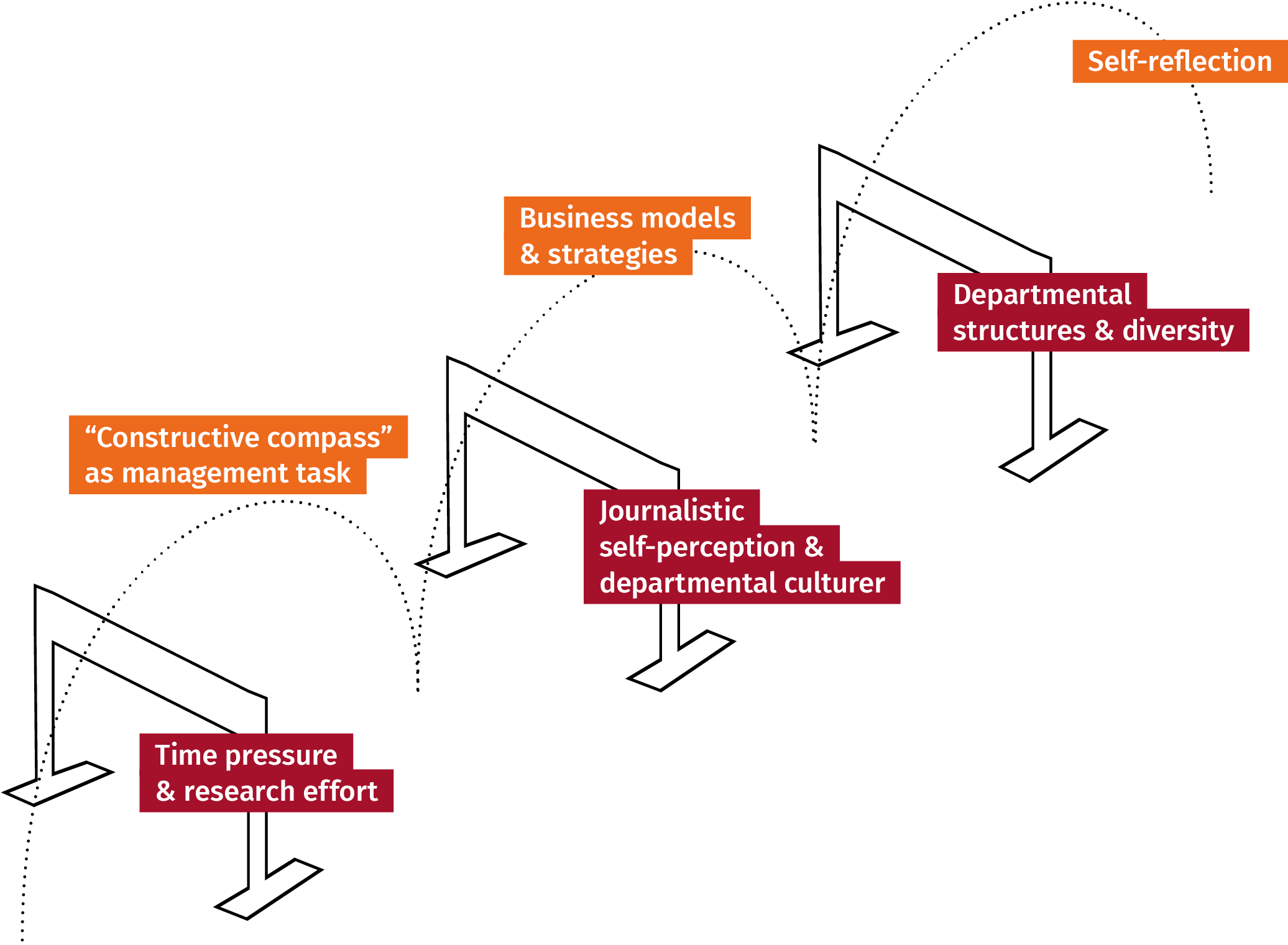
Good Practices
What do media users want from war reporting and what do good examples look like?
We have tried to get closer to the answers to these questions in qualitative and guideline-based interviews. Based on our findings, we would like to provide media professionals with practical insights on how they can shape war reporting. With this in mind, we have compiled a »Good Practice Collection«. Here you can find out which wishes of the media users are fulfilled and why we also like these examples.
Download
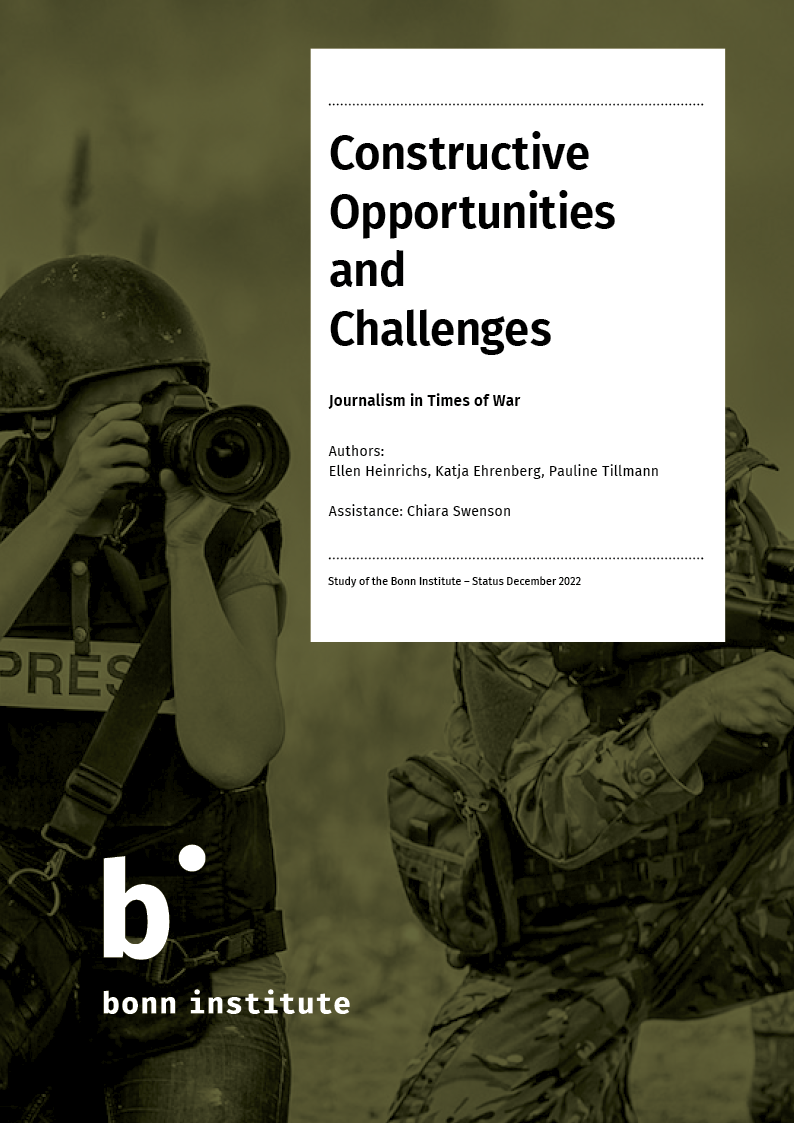
Constructive Opportunities and Challenges
Journalism in Times of War
Authors:
Ellen Heinrichs, Katja Ehrenberg, Pauline Tillmann
Assistance: Chiara Swenson
Study of Bonn Institute - Status December 2022
